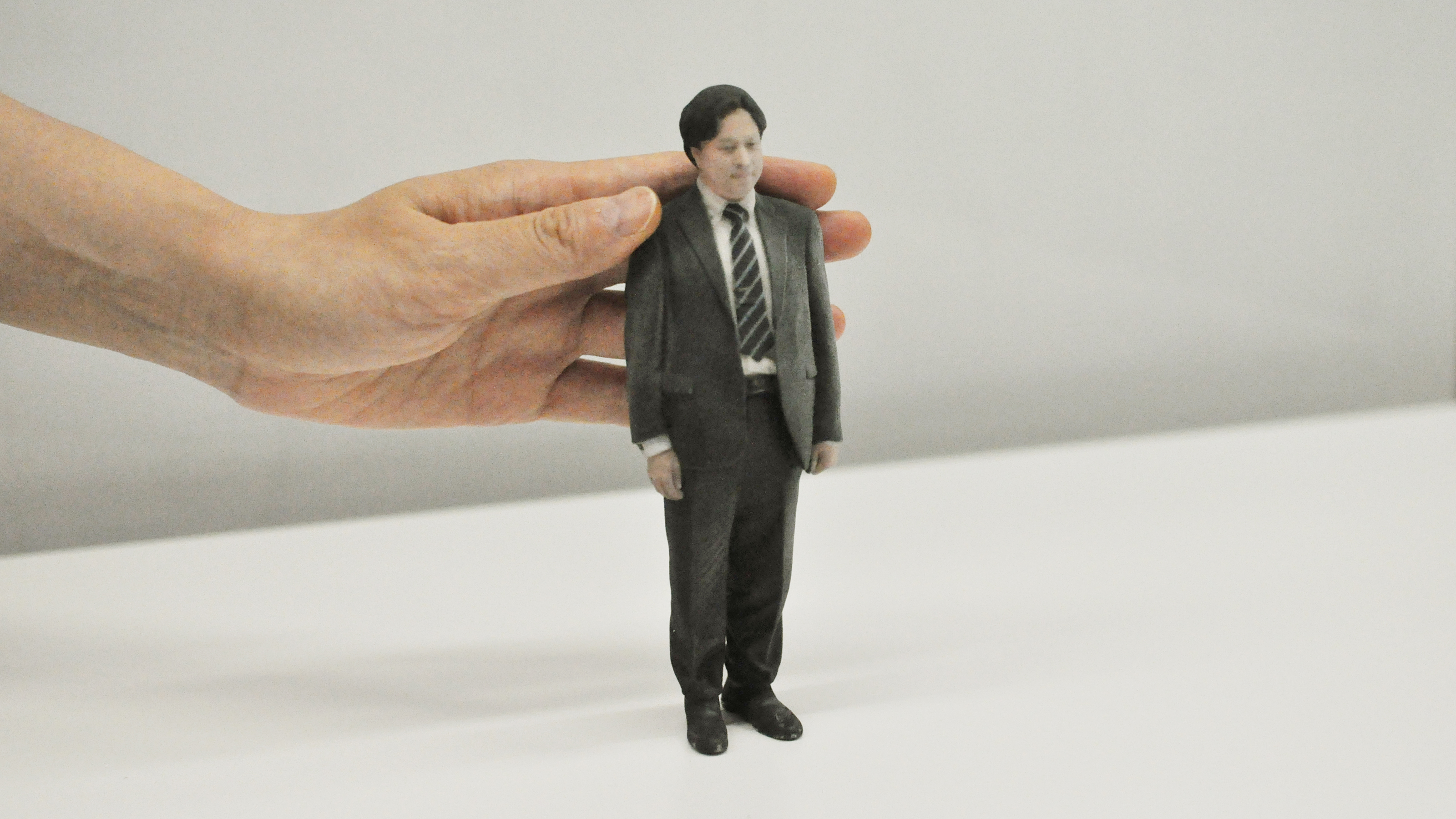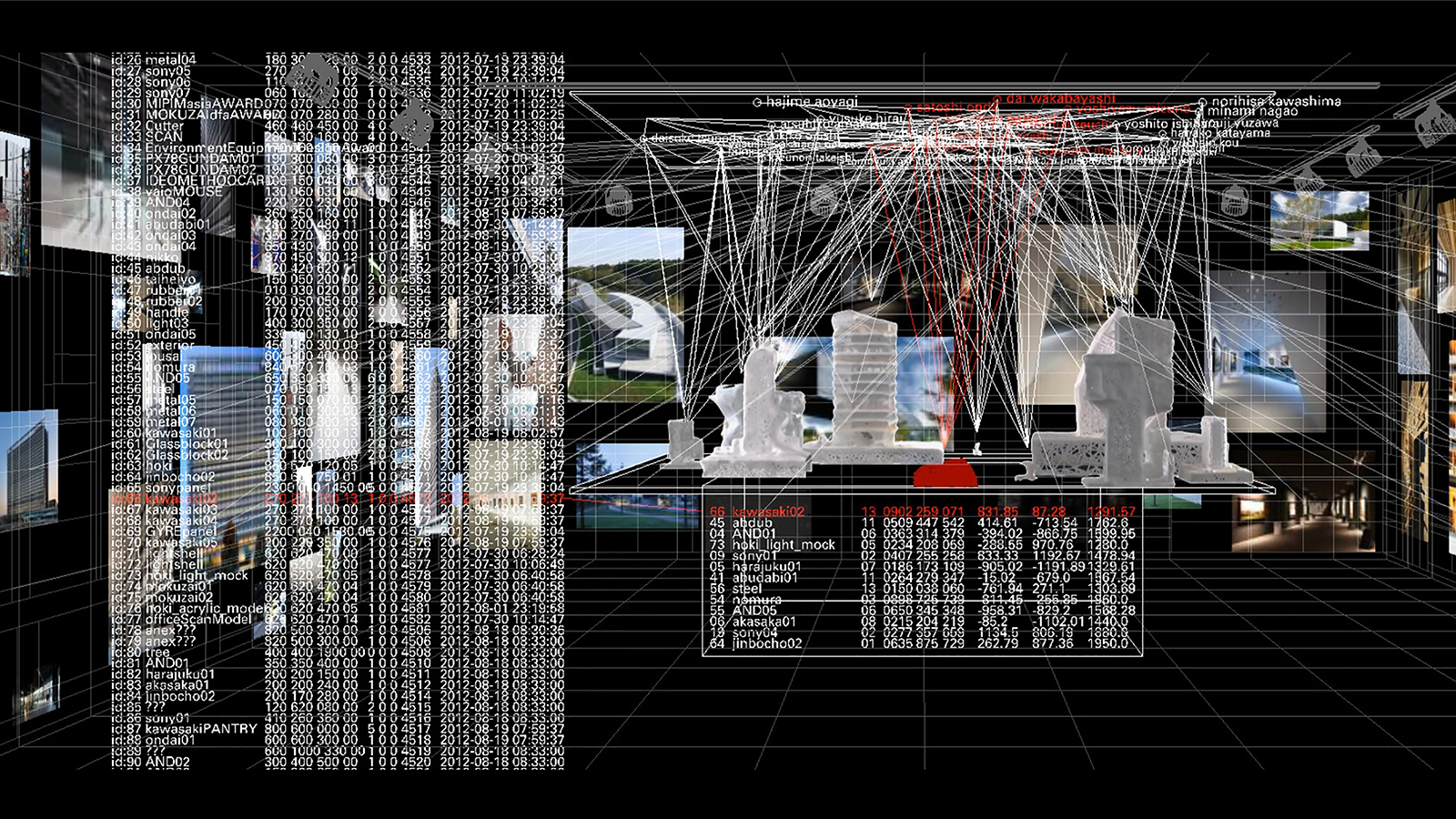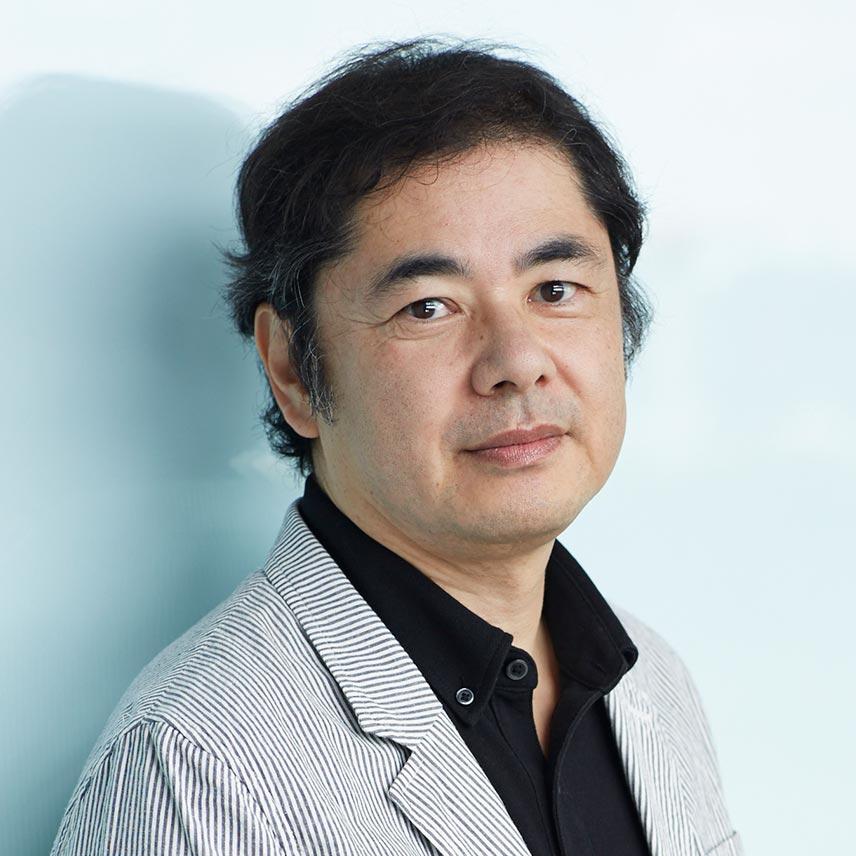Using Computers to Realize Dreams
New Challenges in Architectural Design
Scroll Down
Substantial change has begun in manufacturing environments. Consider 3D printers, for example: they take shapes drawn using computers and make solid objects out of them. At present, things can only be made from limited materials, such as resin. However, it is believed that before long, it will be possible to make things from all sorts of materials, just like printing something out, simply by creating digital data, and without needless time or expense. With body scans, it might also become possible to easily make clothing that perfectly fits the individual body.

Can buildings be made to order?
Buildings, in fact, are something that should be made to order in keeping with individual project requirements. In reality, however, for reasons of economy and such, many parts are used that can be mass-produced at factories, such as sashes and screws. This has been an impediment to fully and freely creating the ideal forms for projects. However, if technology is improved for making forms using computer data as is, it will be possible to easily make individual parts to order. Thus, the day will likely come when it will be possible to make the buildings that people really want without being influenced by industrially produced goods. With the intentions of making buildings more freely and flexibly and of meeting clients’ diverse needs, Nikken Sekkei is now making the most of computers to expand possibilities in building design.

